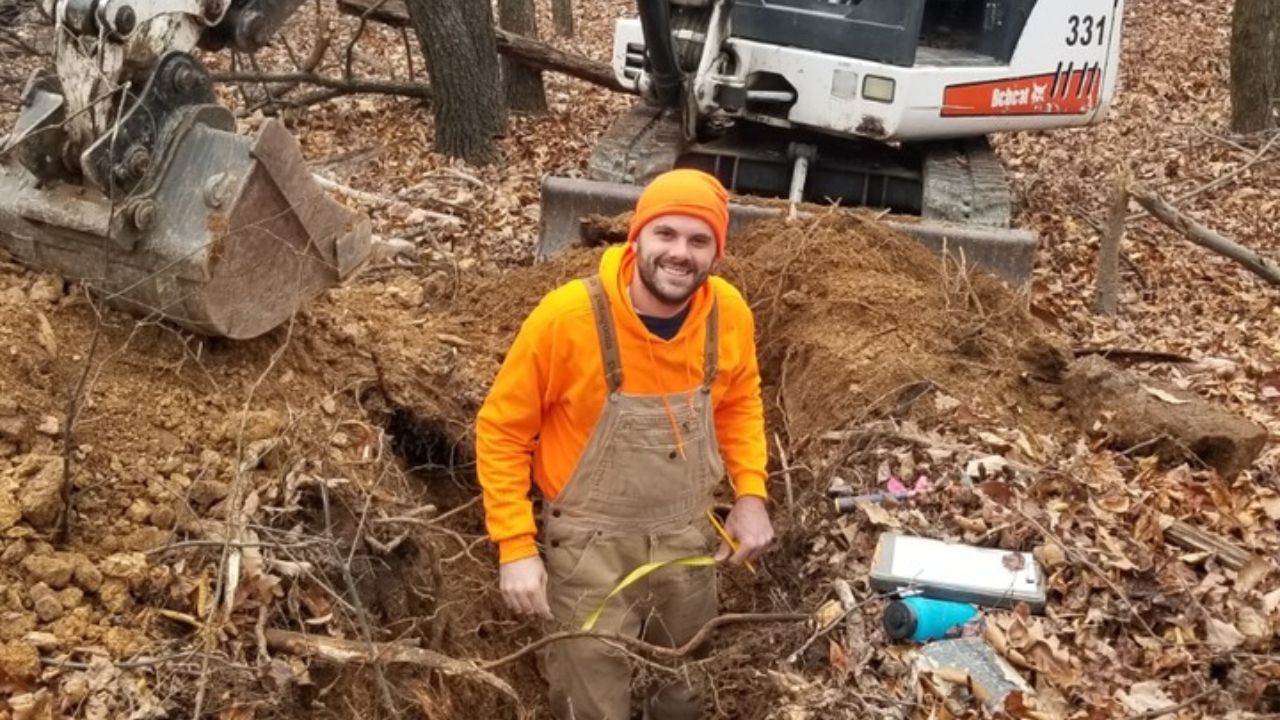Navigating Septic System Approvals: Transitioning from Perc Tests to Comprehensive Soil Evaluations
The methodology for determining land suitability for septic systems has undergone significant evolution, particularly noticeable in regions like Virginia. The traditional “perc test” method has been gradually replaced by a more sophisticated approach known as soil evaluation. This shift aims to enhance the accuracy of assessing lands for their capacity to accommodate septic systems, moving from a simple water percolation test to a more inclusive evaluation of various soil properties.
Nowadays, evaluations are conducted by either a licensed onsite soils evaluator (OSE) or a licensed alternative onsite soils evaluator (AOSE), who rely on an intricate framework of state regulations, often supplemented by additional local county ordinances. These regulations consider various factors, including the landscape, the depth to the water table, and restrictions related to rock and water movement.
Soil evaluations involve using a backhoe to excavate test pits up to five feet deep, enabling the evaluator to analyze the soil’s texture, color, structure, as well as the depth to rock, the water table, or signs of slow water movement (indicated by redox features). In certain cases, the test pits may be augured, with the evaluation following the same rigorous protocols. The findings from this analysis are compiled into a comprehensive soils report, which, along with a site sketch, survey, system design, and the evaluator’s certification, is submitted to the local health department. This submission is necessary for obtaining either a construction permit or a certification letter, marking the next step in septic system approval.
This evolution from perc tests to soil evaluations represents a significant advancement in environmental and public health protection, ensuring septic systems are designed and installed in a manner that is both safe and sustainable.




